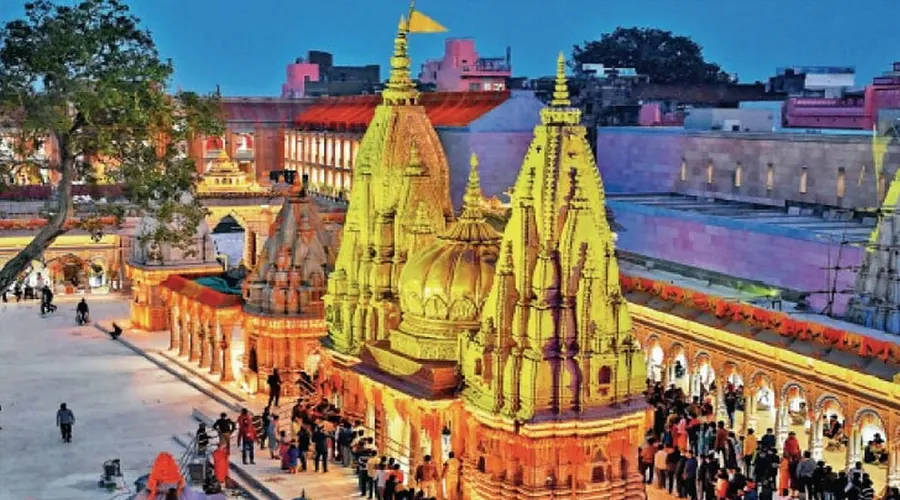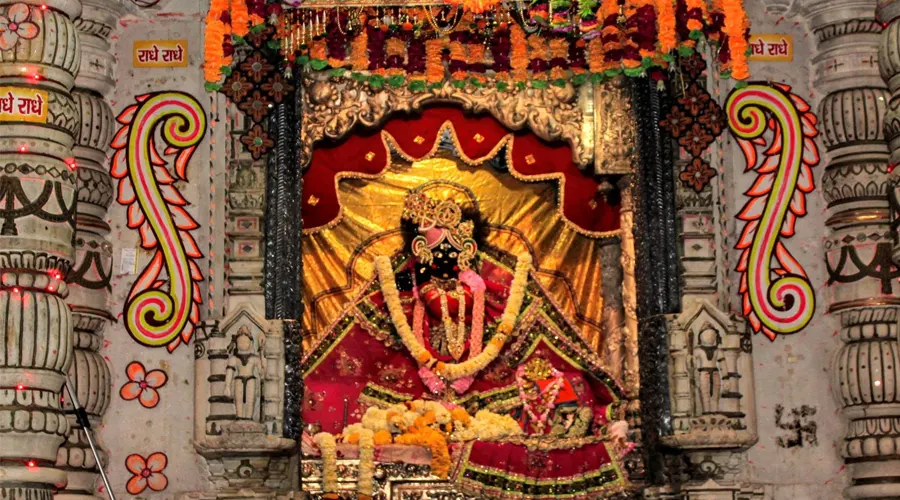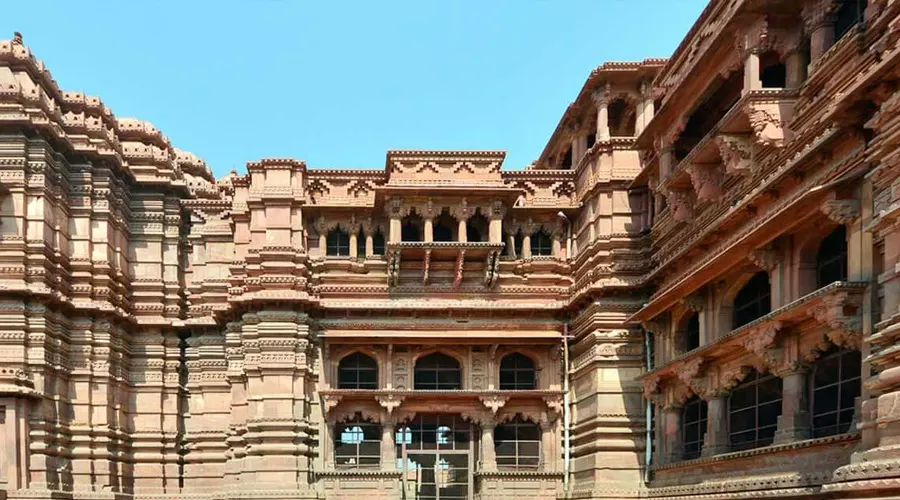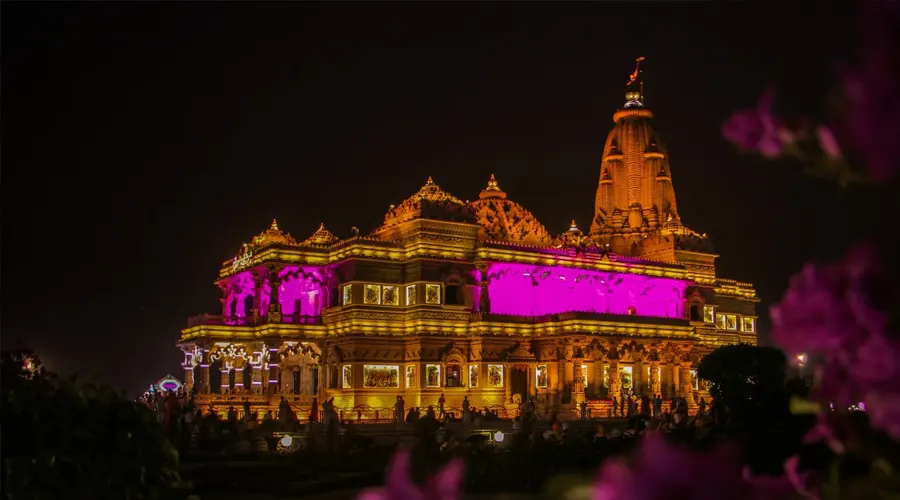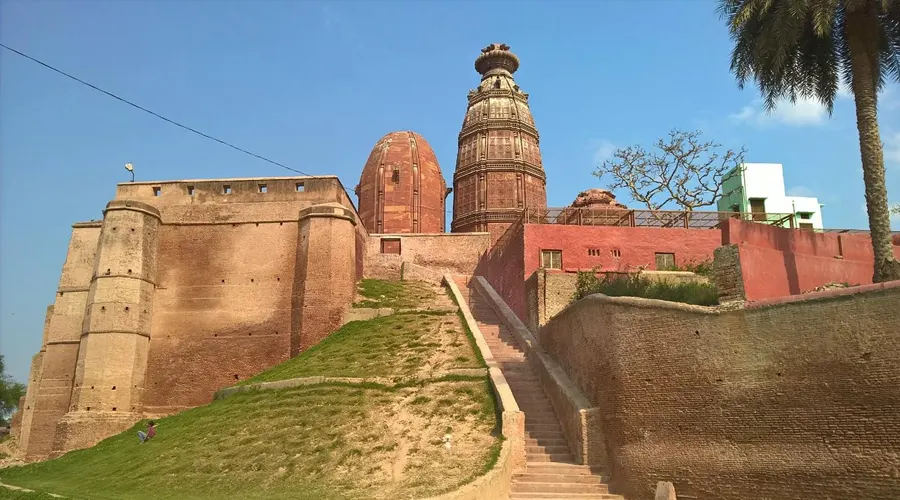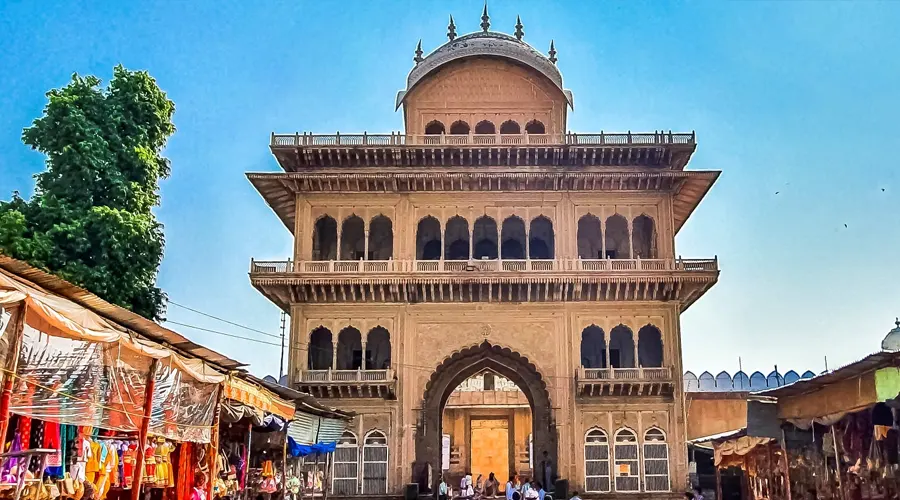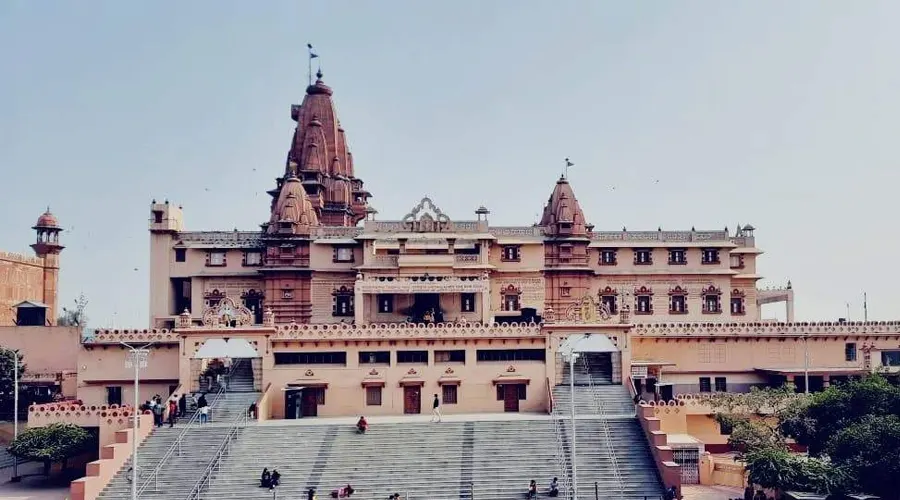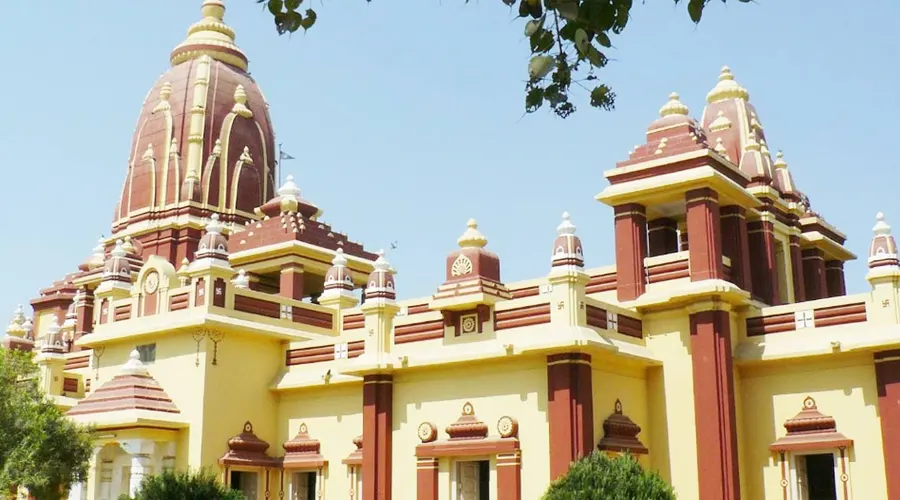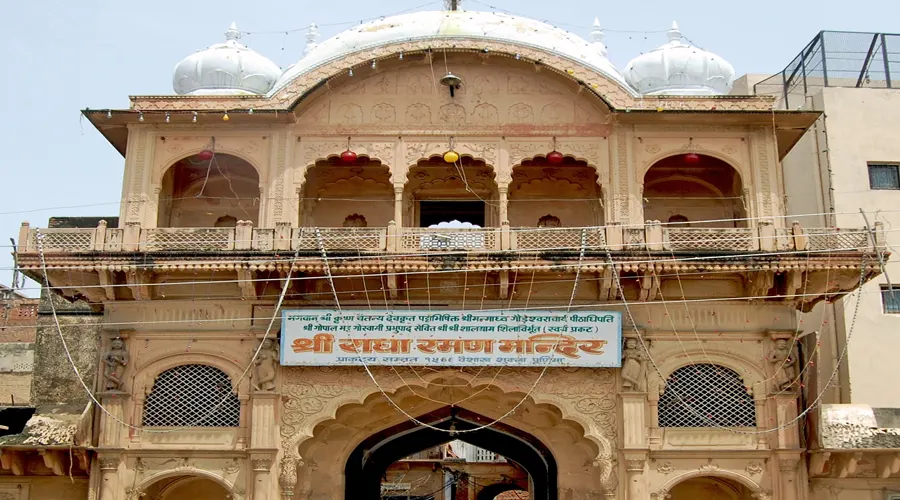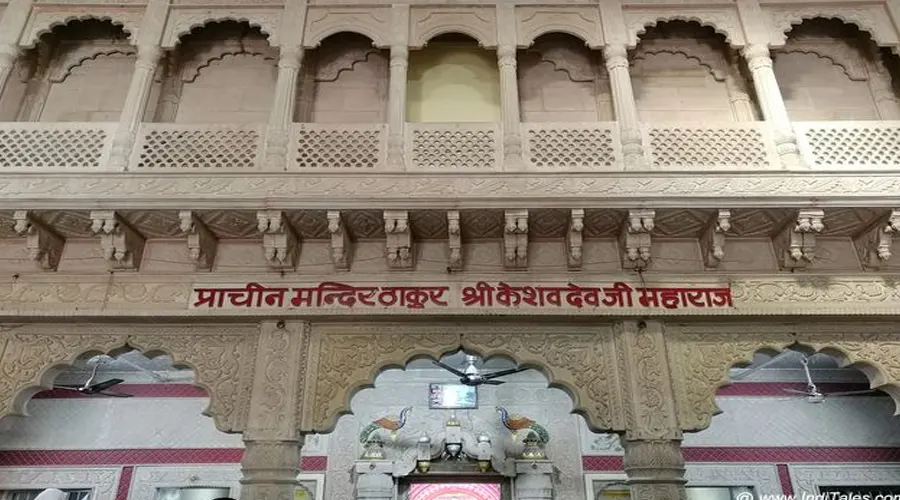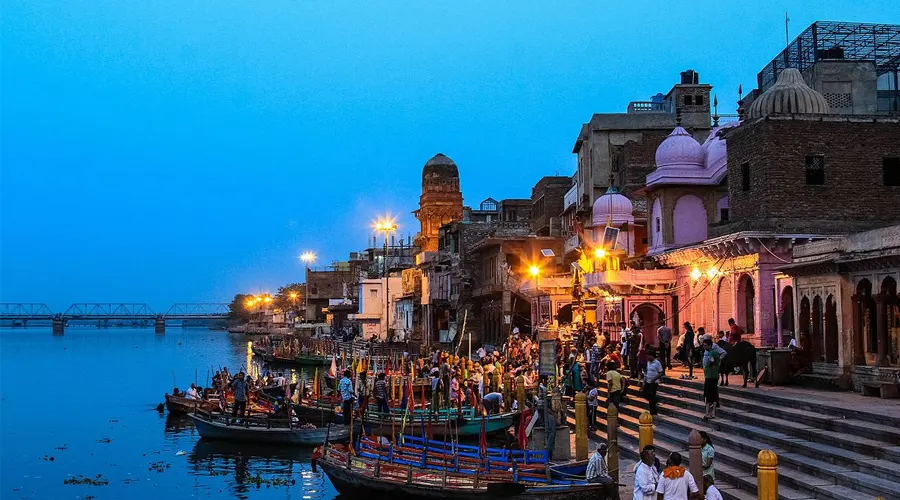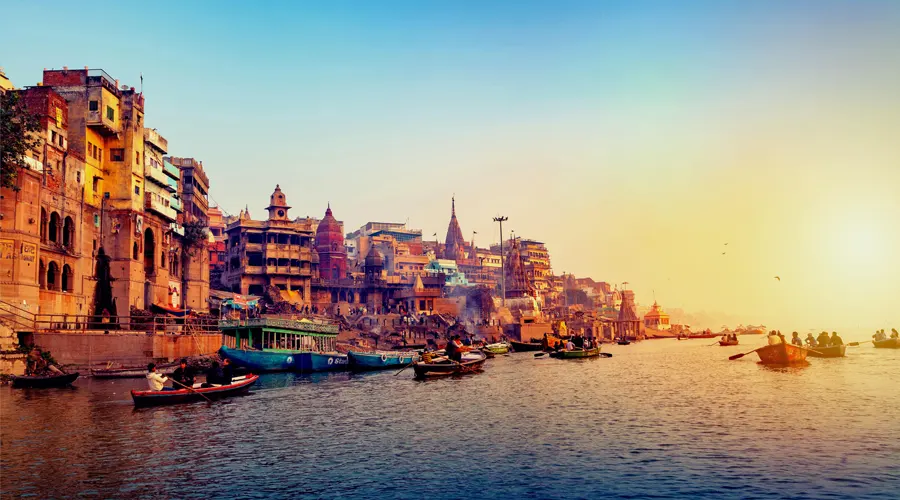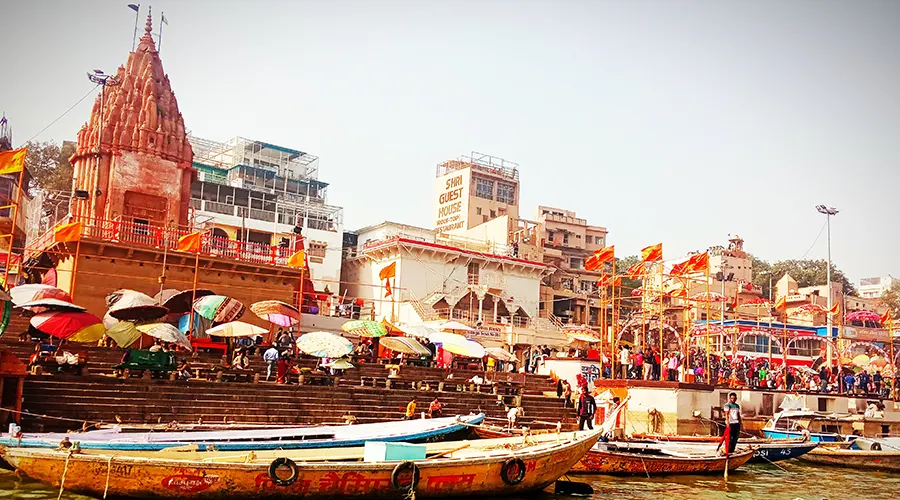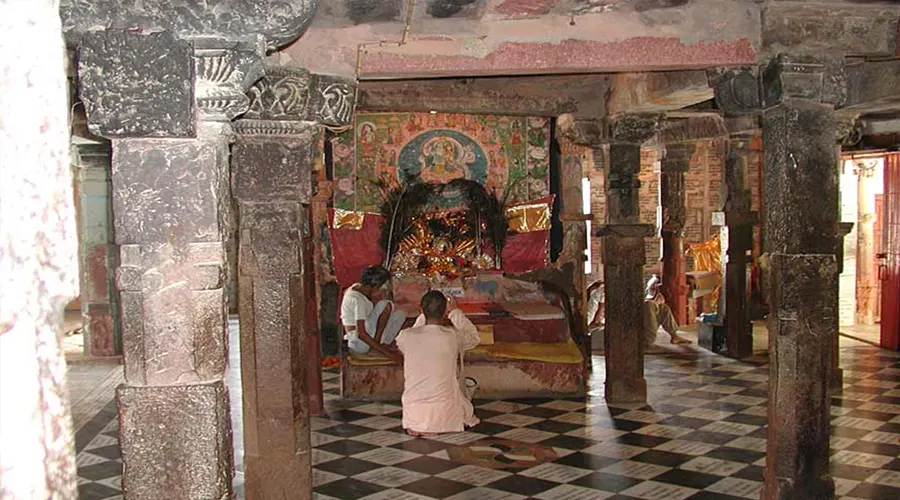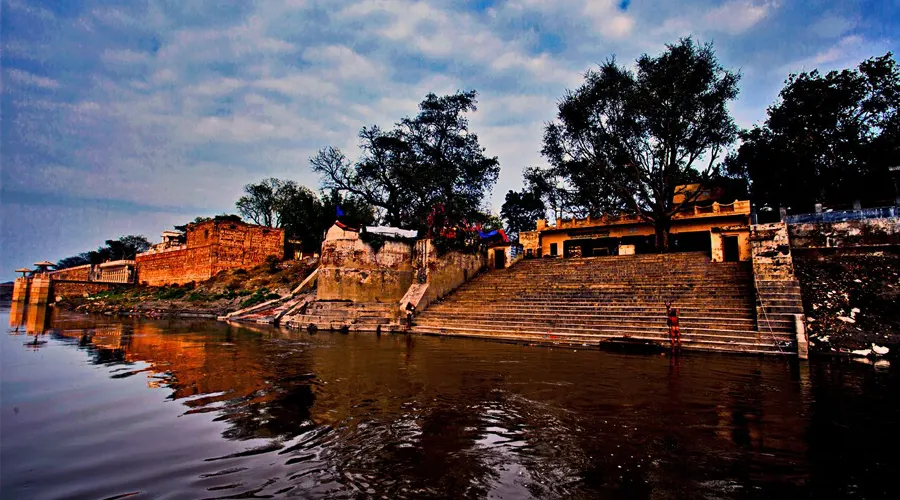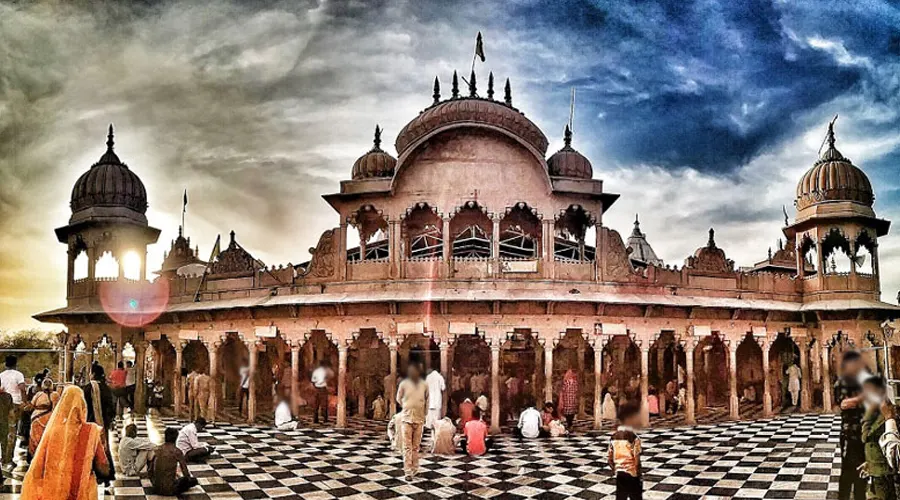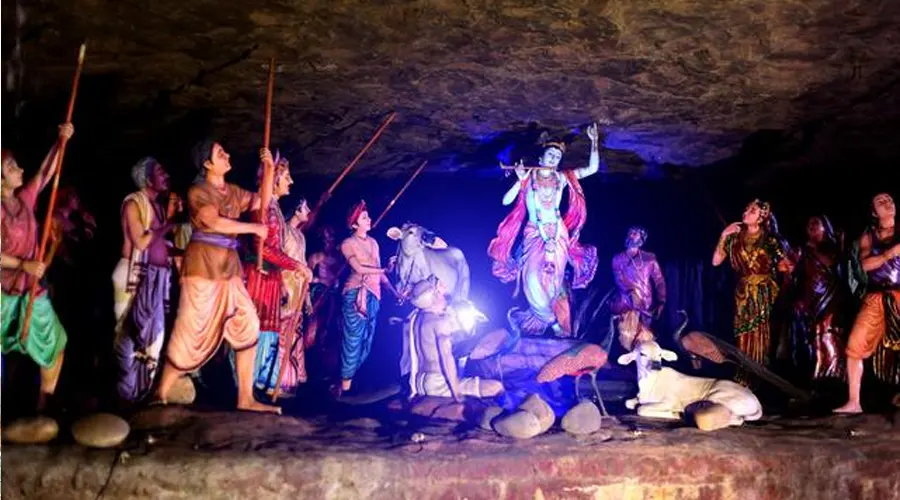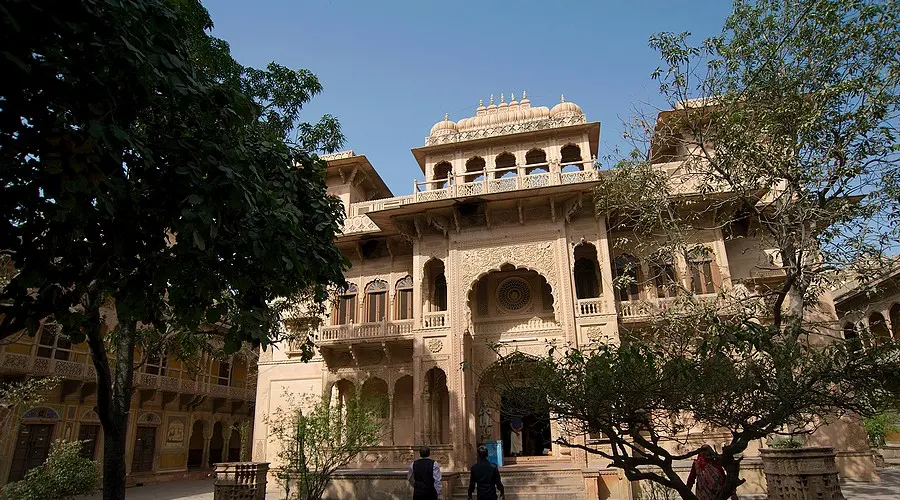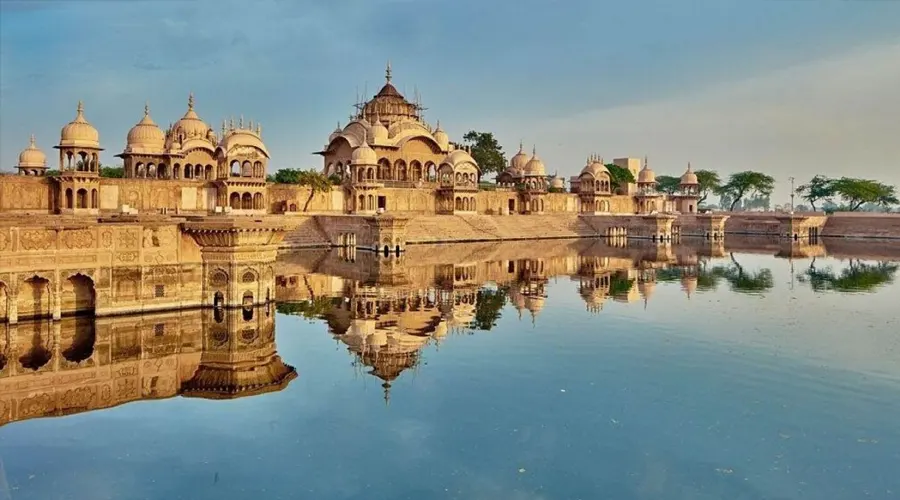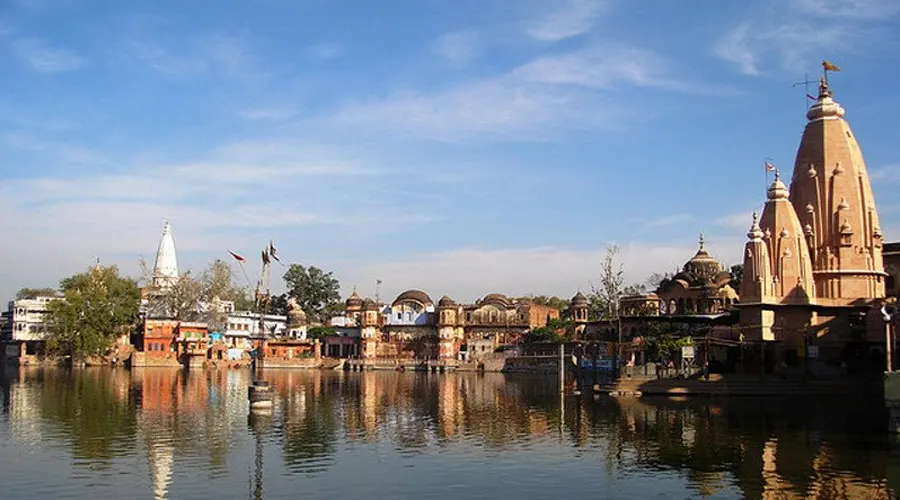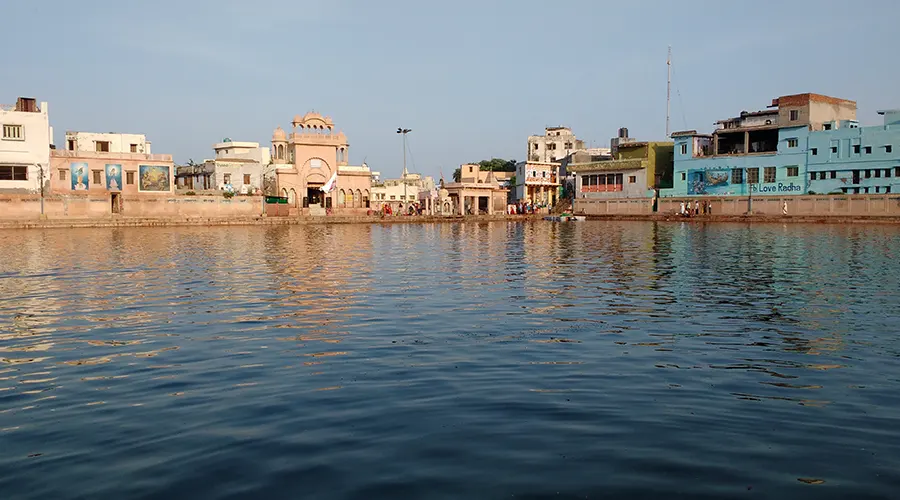Kashi Vishwanath Temple Varanasi
Situated on the western bank of the holy river Ganga in Varanasi, Kashi Vishwanath Temple is one of the 12 Jyotirlingas or temples dedicated to Lord Shiva. The main deity of Kashi Vishwanath Temple is Lord Shiva, also known as Vishwanatha or Vishweshwarar meaning 'the ruler of the universe. The city of Varanasi, the cultural capital of India, is thus known as the city of Lord Shiva. The temple has 800 kg of gold plating on its tower.
Cameras, mobile phones, and electronic devices are not allowed inside and must be deposited in lockers outside. Foreigners can enter from Gate number 2 where they can walk past the Indians waiting for their turn. There is also a well present within the temple complex called Jnana Vapi or wisdom well which only Hindus are allowed to enter.
In the olden times, on special festivals such as Shivaratri, the king of Kashi (Kashi Naresh) visited the temple for worship during which nobody else is allowed to enter the temple premises. Devotees were allowed after the king had concluded his prayers. The importance of the Kashi Vishwanath Temple also stems from the fact that it finds mention in several holy scriptures of the Hindus. On the outside, the temple is adorned with intricate carvings that impart a divine quality to the facade. Other than that, the temple also houses several other small temples such as Kaalbhairav, Vishnu, Virupaksh Gauri, Vinayaka, and Avimukteshwara.
History of Kashi Vishwanath Temple
The very first mention of the Kashi Vishwanath Temple can be found in the Puranas including the Kashi Khanda (section) of Skanda Purana. Interestingly, this temple has seen complete annihilation and rebuilt many times throughout history. The first time the temple was destroyed was in the year 1194 by the hands of Qutb-ud-din Aibak's army when he defeated the King of Kannauj. The temple was rebuilt during the rule of Delhi's Iltutmish and was demolished again during Sikander Lodhi's time. Raja Man Singh rebuilt the temple during Mughal Emperor Akbar's rule. In 1669 CE, Emperor Aurangzeb destroyed the temple and built the Gyanvapi Mosque in its place.
Also known as the Golden Temple dedicated to Lord Shiva, it was finally rebuilt in the year 1780 by the Maharani Ahilyabai Holkar of Indore, the Maratha monarch. The temple comprises two domes covered in gold donated by the Sikh Maharaja Ranjit Singh, the Punjab Kesari, while the Bhosales of Nagpur donated silver to the temple. Since 28 January 1983, the temple has become the property of the Uttar Pradesh government and was managed by Dr. Vibhuti Narayan Singh and later by the Kashi Naresh.
Architecture of Kashi Vishwanath Temple
The Kashi Vishwanath Temple is a collection of smaller shrines that are located in The temple complex consists of a series of smaller shrines, located in a small lane called the Vishwanatha Galli near the river. The main temple is constructed in the form of a quadrangle and is surrounded by shrines dedicated to other deities. These temples are dedicated to Kaalbhairav, Dhandapani, Avimukteshwara, Vishnu, Vinayaka, Sanishwara, Virupaksha, and Virupaksh Gauri. Made out of black stone, the main Shivalinga of the temple is 60 cm tall and 90 cm in circumference and is enshrined in a silver altar. A holy well by the name of Gyaan Vapi is situated here as well, which is believed to be the site where the Shivalinga was hidden to protect it from foreign invaders. The structure of the temple is composed of three parts. The first is a spire on the temple of Lord Vishwanath, the second a gold dome and the third is the gold spire atop the Vishwanath carrying a flag and a trident.
Vishwanath Gali at Kashi Vishwanath Temple
For reaching the temple, one has to pass through the Kashi Vishwanath Gali famous for its shops selling pooja items and sweets. There is also a popular ladies' corner in the street which sells several items such as Banarasi saree, dresses, devotional articles, and jewelry. Other items on sale here include bangles, Kurtis, wooden toys, brass articles, statues, religious books, posters of deities, accessories, dress materials, sweets, eatables, and even music CDs. A few roadside kiosks also sell snacks for those untimely hunger pangs. After completing their darshan of Lord Shiva, devotees can also go here for some affordable shopping.

